This post is also available in: Italian
Here is the third itinerary in Emilia Romagna. To be more precise, the itinerary arrives at the gates of Ravenna, touching the suggestive Regional Park of the Delta of the Po, that we recommend visiting: you will be enchanted by the beauty of its environments, starting with the moist lands that characterise the waterfront. Also, pay a visit to the beautiful city of Ravenna, with a rich mosaic patrimony dating back to the 5th and 6th Century within Paleo-Christian and Byzantine buildings (UNESCO World Heritage sites). One of the most amazing buildings, is the Sant’Apollinare in Classe basilica, just outside the city, consecrated in 549 and with mosaics of animals and flowers.
In the nurseries included in the itinerary you will find countless daylilies (the largest collection in Italy and one of the largest in Europe), perennial herbs, lots of roses and local ancient fruits, and more.
Nurseries
The map indicates the nurseries and the other locations of the suggested itinerary. For each nursery, we indicate its distance from the others, in order to facilitate you in the choice of the ones to visit and their order.

Vivaverde, Imola (BO): Monica Cavina’s nursery specialises in the cultivation of roses, with more than 400 varieties among ancient and modern ones created by the most famous European hybridisers like Lens, Meilland, Kordes, Tantau, Barni, Giulio Pantoli. It also cultivates perennial herbs, easy to cultivate and fit for Italian climates. Distance from other nurseries: km 38 from Mondocactus – km 5,3 from Un Giardino tra i Campi – km 17 from Vivaio Dalmonte – km 36 from Vivai Vittori – km 37 from Centroflora – km 54 from Vivaio Les Collettes.
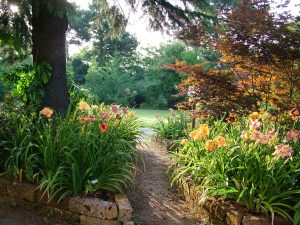
Un Giardino tra i Campi, a Castel Bolognese (RA): the nursery, owned by Stefano Peroni, hosts the largest Italian collection of daylilies (Hemerocallis) and one of the largest in Europe, with 1200 recorded varieties. Stefano Peroni also continuously creates and selects new hybrids. There are also wide collections of maples (Japanese and other species), Liquidambar, ornamental grasses and rare and unusual herbs. Distance from other nurseries: km 12 from Vivaio Dalmonte – km 5,3 from Vivaverde – km 32 from Vivai Vittori – km 33 from Centroflora – km 41 from Vivaio Les Collettes.
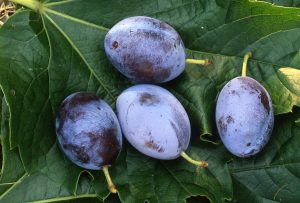
Azienda agricola Dalmonte Samuele, a Faenza (RA): this historic nursery has produced ornamental and bearer plants since 1895 and offers more than 300 ancient or forgotten varieties of plants for the garden and bearer plants in pots, especially apricots, cherries, minor fruits, apples, pears, peaches and plums, belonging to varieties that are forgotten, rustic, resistant to diseases, fit for cultivation in the city, in pots, and produce tasty fruits with a unique scent. Distance from other nurseries: km 28 from Vivai Vittori – km 17 from Vivaiverde – km 12 from Un giardino tra i campi – km 29 from Centroflora – km 40 from Vivaio Les Collettes.
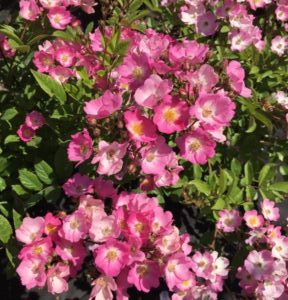
Vivai Vittori, a Forlimpopoli (FC): since 1850, they have cultivated roses, shrubs and vines; in particular, they offer a rich collection of rare, ancient, English, botanical, climbing and sarmentose roses and modern hybrids, with more than 1000 varieties. They also produce wisterias, hortensias, camellias, ornamental shrubs, trees and perennial herbaceous plants, and realise gardens, balconies and indoor green spaces. Distance from other nurseries: km 3,5 from Centroflora – km from 36 Vivaverde – km 32 from 32 Un giardino tra i campi – km 28 from Vivaio Dalmonte – km 22 from Vivaio Les Collettes.
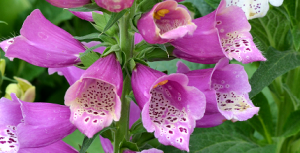
Azienda agricola Centroflora, frazione Sant’Andrea, Forlimpopoli (FC): it produces perennial herbaceous plants and grasses, rustic, strong and sustainable, fit for the Italian climates, experimented in Italy and abroad. Distance from other nurseries: km 20 from Vivaio Les Collettes – km 37 from Vivaverde – km 33 from Un giardino tra i campi – km 29 from Vivaio Dalmonte – km 3,5 from Vivai Vittori.
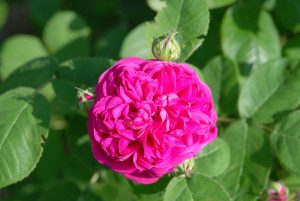
Vivaio e Giardino Les Collettes, a Ravenna: this pleasant nursery with a demonstrative garden is specialised in ancient, classical and botanical roses, among which a collection of Pimpinellifolia. You can book a free guided tour of the garden. Distance from other nurseries: km 54 from Vivaverde – km 41 from Un giardino tra i campi – km 40 from Vivaio Dalmonte – km 22 from Vivai Vittori – km 20 from Centroflora.
Gardens, botanical gardens and naturalistic oasis not to be missed
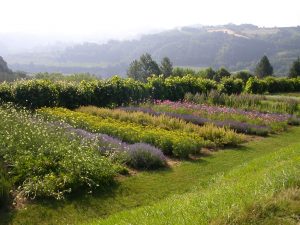
Giardino delle Erbe Augusto Rinaldi Ceroni, a Casola Valsenio (RA): included in the museum network of the province of Ravenna, the Garden offers about 450 species of medicinal plants used for cooking, medicine and cosmetology from the Middle Ages. They are cultivated in 11 terraces (annuals, biennials, perennials, herbs and shrubs) and in a park (perennial, shrub and arboreal species, of medicinal interest). The building, located in the Northern part of the garden, host classrooms, laboratories, scent laboratories and a desiccator.
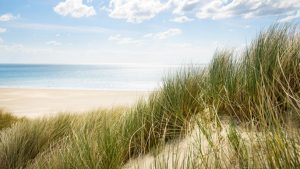
Parco Regionale del Delta del Po: established in 1988, it belongs to the system of protected area of Emilia-Romagna and Veneto; it expands over 54000 hectares, divided into six stations with different environments, from dunes to pine groves. It includes the municipalities of Cervia, Ravenna and Alfonsine (in the province of Ravenna), the municipalities of Argenta, Ostellato, Comacchio, Codigoro, Goro and Mesola (in the province of Ferrara), and 13 natural reserves, among which Dune di Ravenna, Pineta di Ravenna and Riserva Foce del Bevaro, a very suggestive moist land (to avoid in summer due to mosquitoes). The presence of 300 species of birds (nesting and migrating), makes the Park an ideal place for birdwatchers.
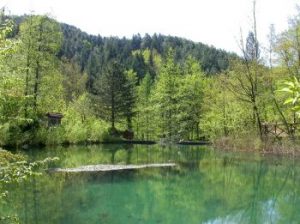
Giardino Botanico di Valbonella, Corniolo (FC): located within the National Park of Foreste Casentinesi, 700 m above sea level, it includes the typical environments of the Apennines of Romagna (among which the wood, the stream, the moist areas, the cliffs, the prairies and the shrubs) with a collection of 420 species of local flora, an area dedicated to medicinal plants and a small butterfly garden.
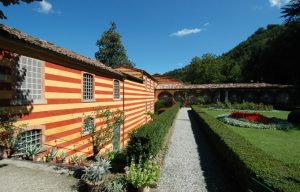
Palazzo Fantini, a Tredozio, fra Forlì e Cesena (FC): this beautiful 18th Century mansion (renovated at the beginning of the 19th Century) is surrounded by a garden on different levels and divided in various sectors: the Italian garden, ancient roses flowerbeds, flowering bordures reminiscent of the 19th Century with dahlias and begonias, the English park with secular trees; the buildings host the Museo della Civiltà contadina (Museum of Country Life).
This post is also available in: Italian


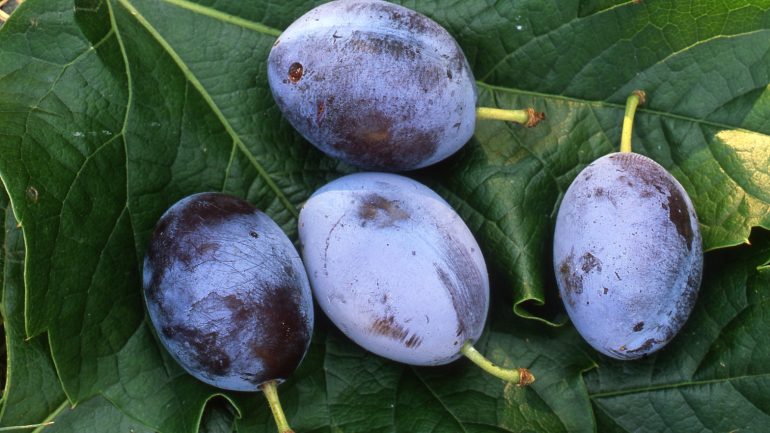
Leave a Reply